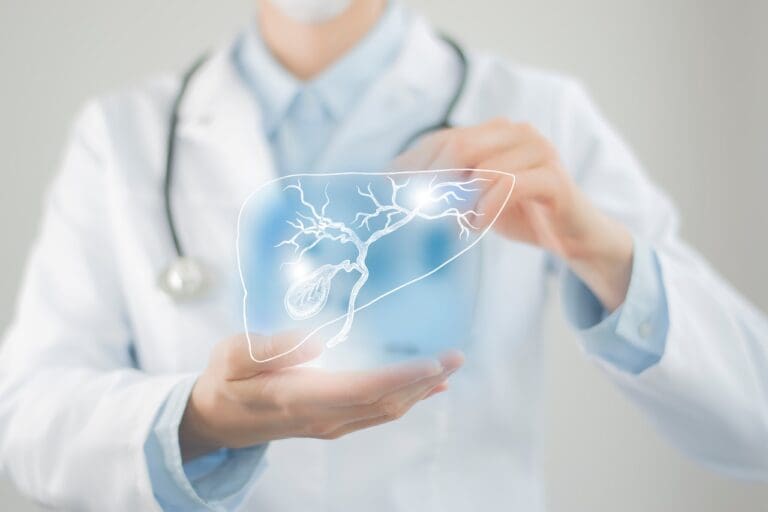After the birth of a child, a rare biological substance remains in the umbilical cord and the placenta - the umbilical cord blood, which is a unique source of valuable hematopoietic stem cells. Its removal is painless and safe for both mother and baby and takes place after delivery, when the baby and mother have been taken care of.
Why is cord blood so valuable and when do doctors use it?
- The stem cells found in the umbilical cord blood, since they are collected at the time of the child's birth, are still young and have a high ability to divide.
- Their extraordinary ability is that they can restore the bone marrow - the vital organ of blood formation, in case of its damage.
- If necessary, finding a suitable hematopoietic stem cell donor can be challenging. However, if we have our own stored unit of umbilical cord blood, it is immediately available and usable.
- The use of stem cells in one's own umbilical cord blood has a lower risk of complications occurring after transplantation, which may endanger the patient's condition, compared to the use of hematopoietic stem cells from a donor.
- As with most transplants, the donor cord blood stem cells must match the recipient patient's HLA antigens. Of course, in the case of using the patient's own umbilical cord blood, this will be the same.
- It can be a tool for the treatment of certain childhood and adult diseases, for your own purposes and, in case of agreement, also for the child's siblings or parents
- Hematopoietic stem cells derived from umbilical cord blood are primarily used to treat certain hematological and oncological diseases such as leukemia, lymphoma, neuroblastoma, medulloblastoma or anemia. Additional possibilities for the use of umbilical cord blood in medicine are being researched during clinical trials.
- Currently, it is also possible to remove and preserve umbilical cord tissue, which is an important source of mesenchymal stem cells that can be used in regenerative medicine and tissue engineering.





